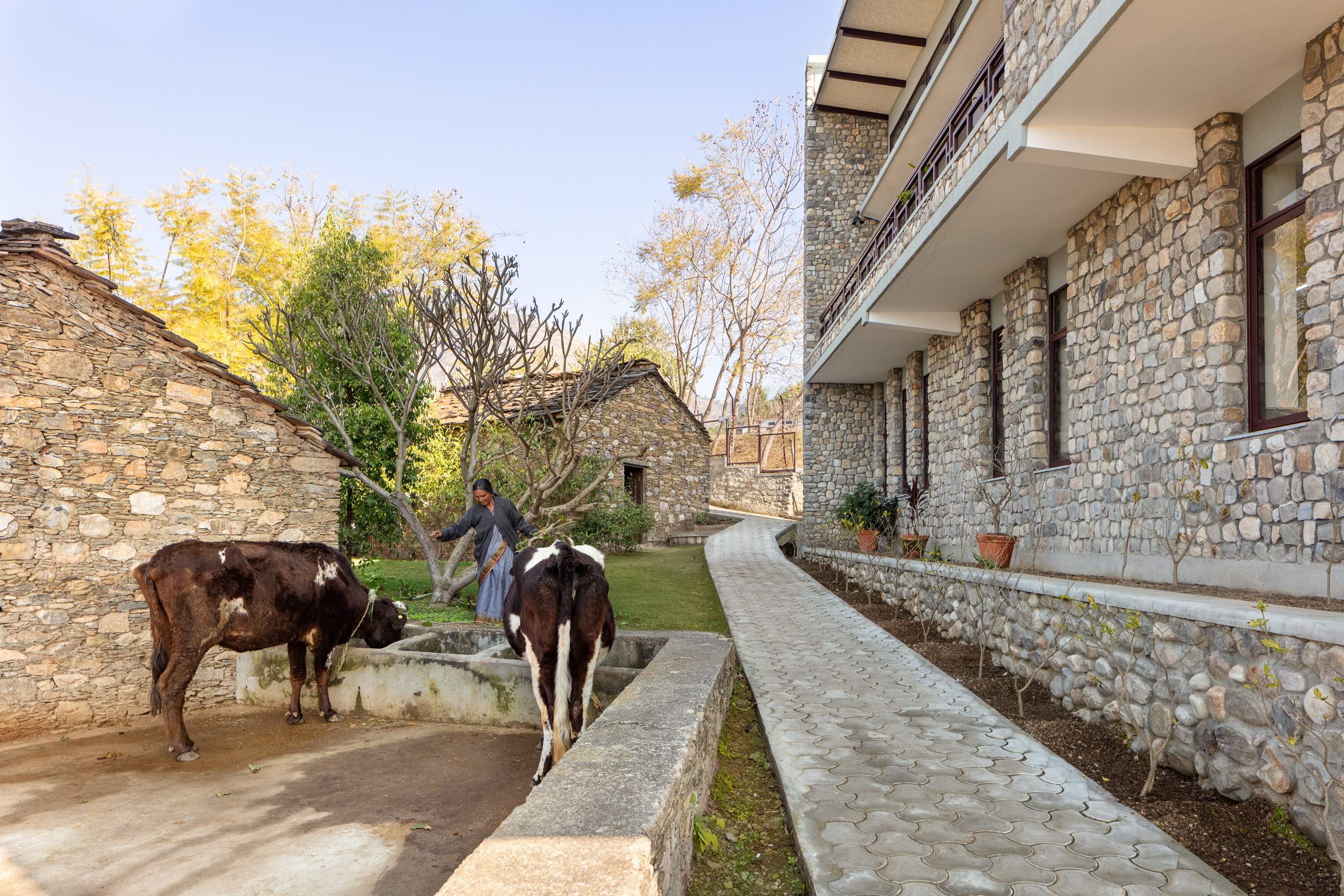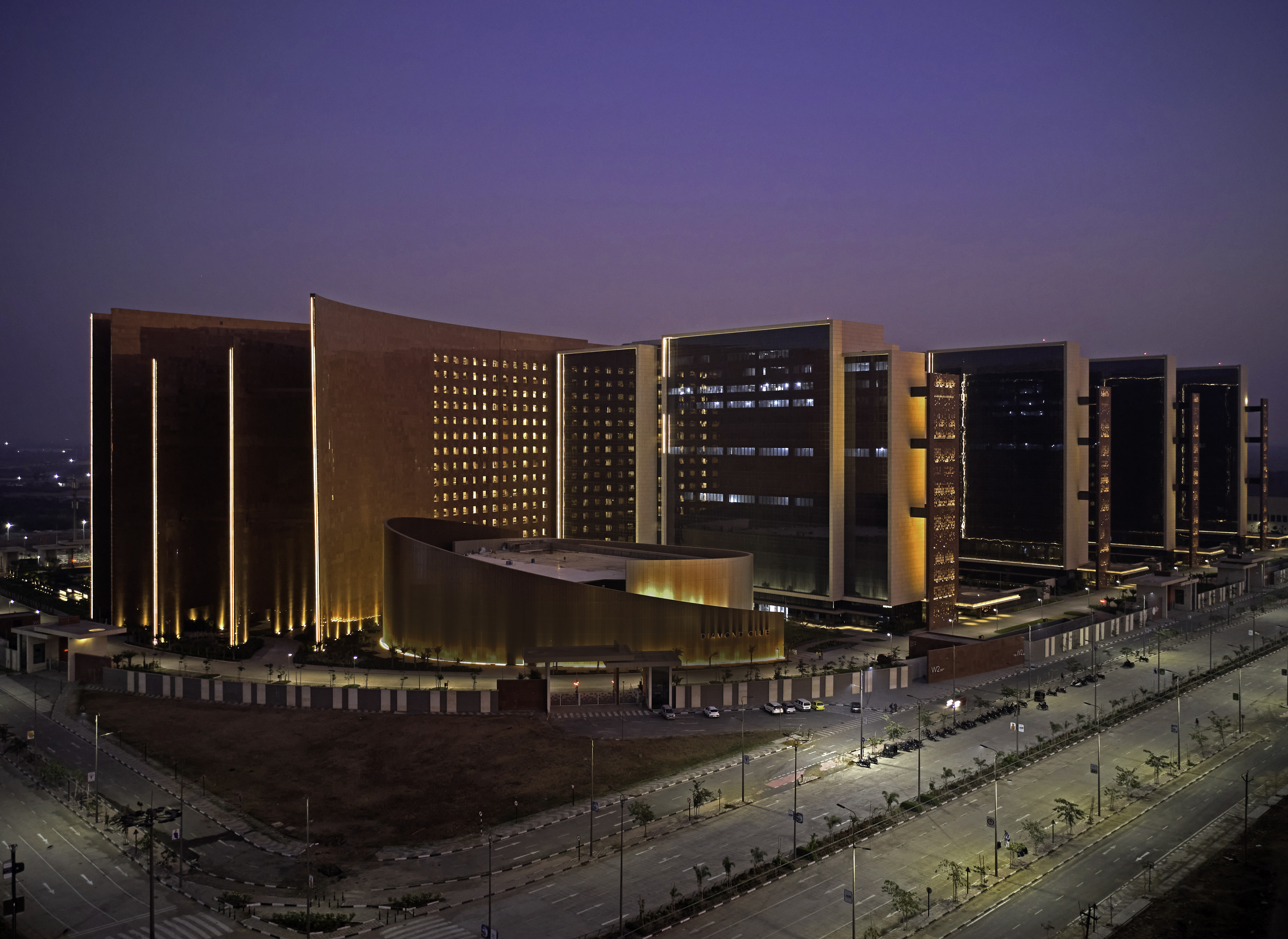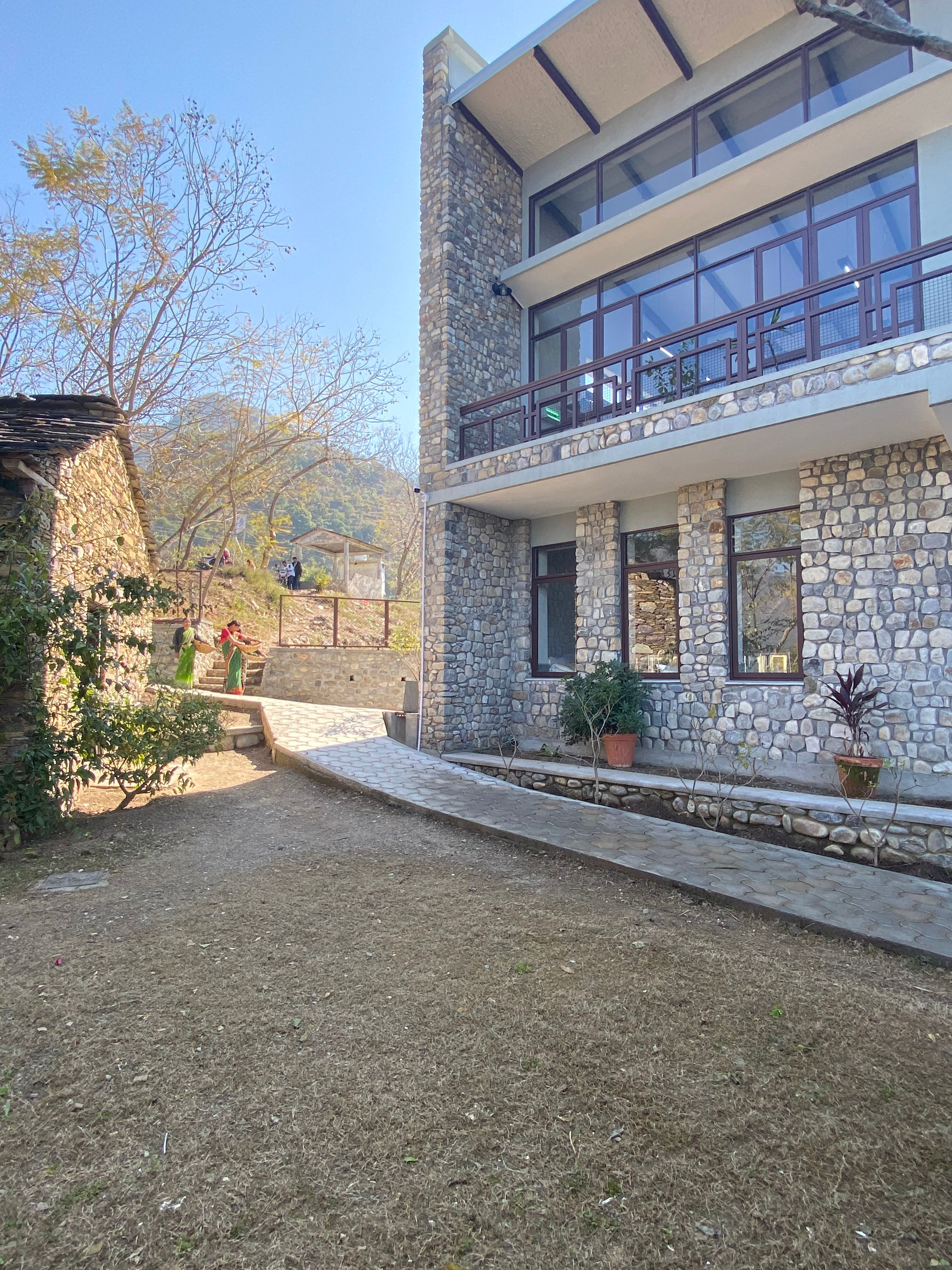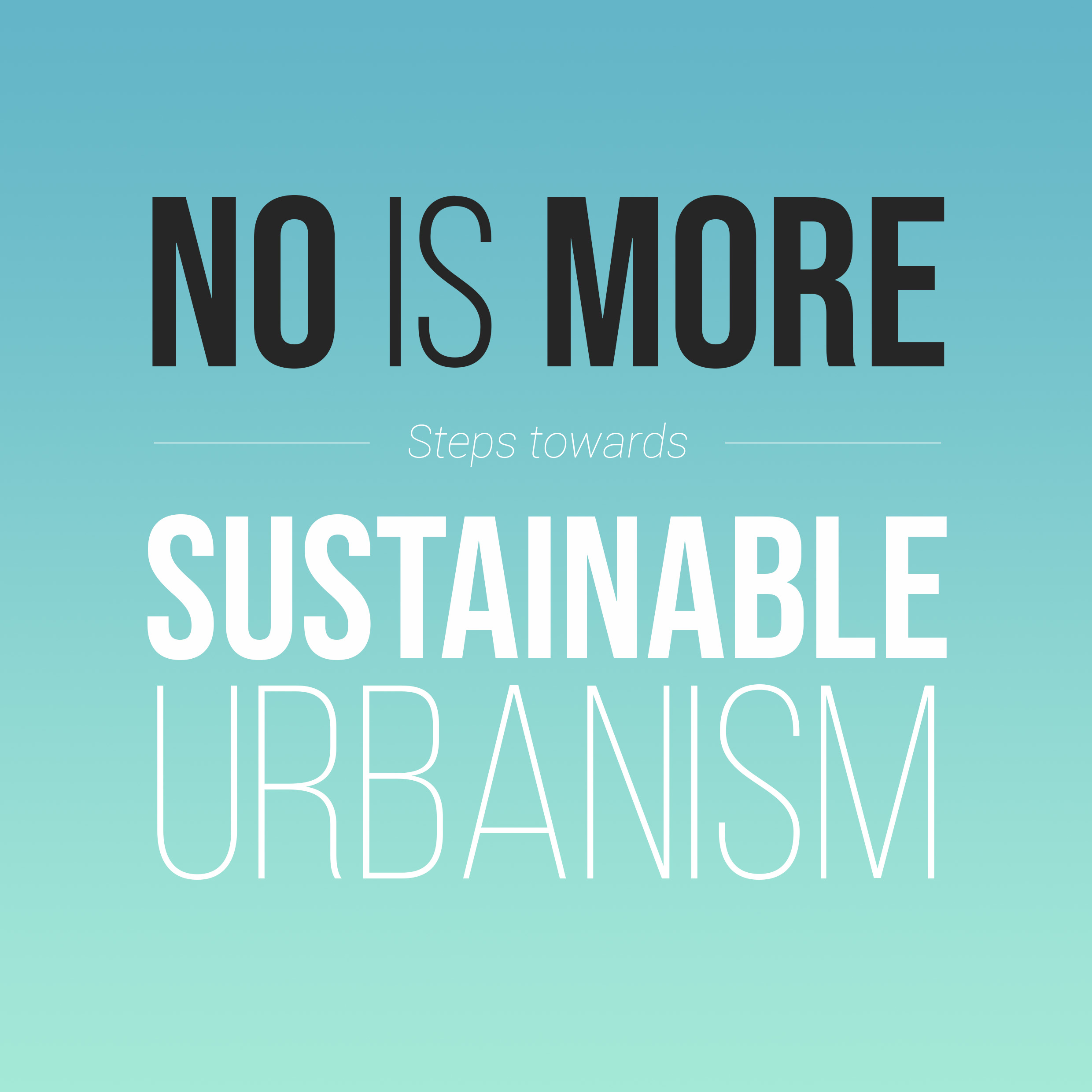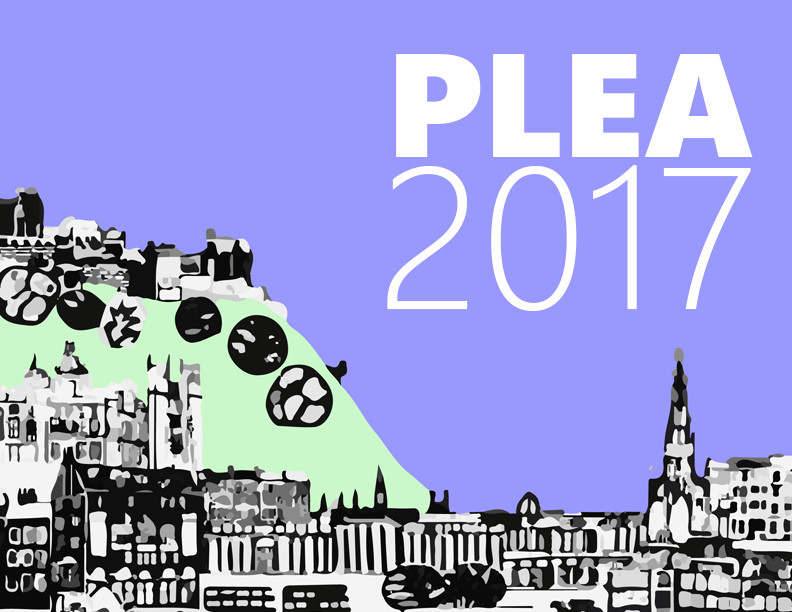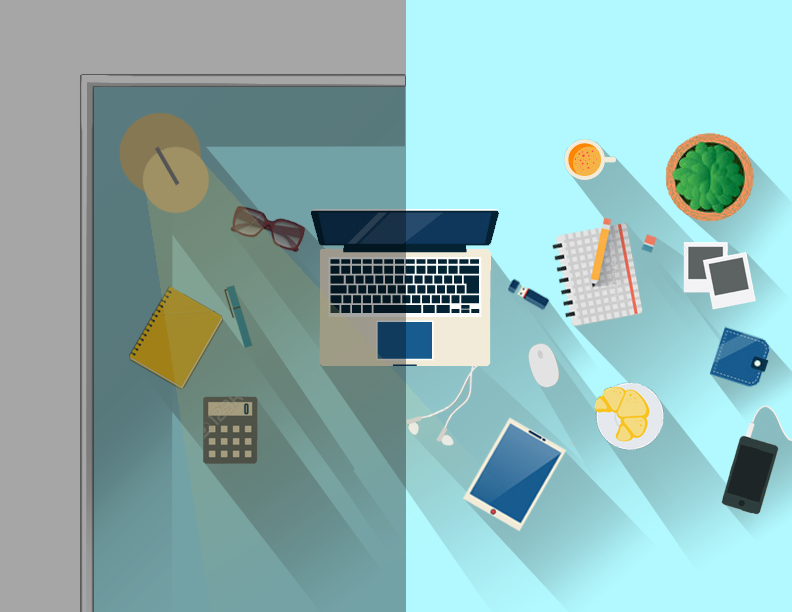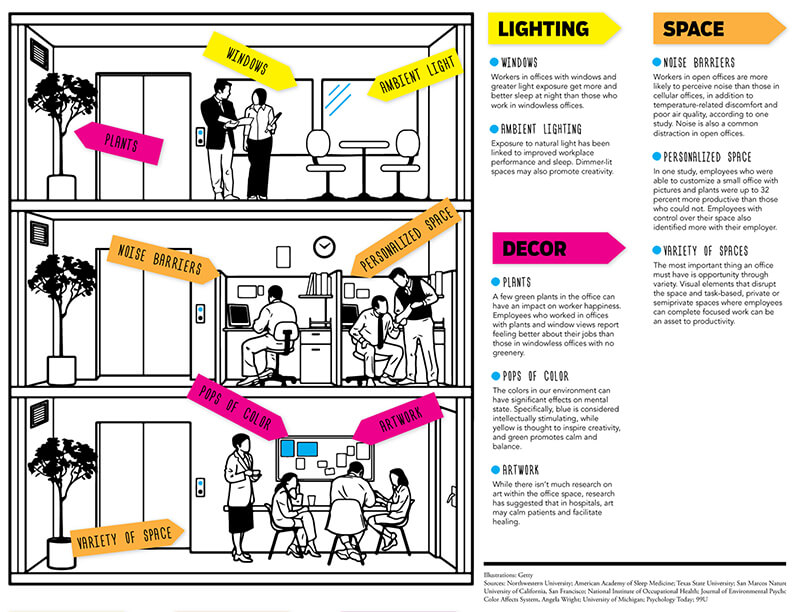At Morphogenesis, we strongly believe that office Interiors, if designed well, can serve as powerful catalyst in driving innovation, influencing employees’ behavior and leveraging maximum productivity. The contemporary discourse around office interiors and workplace design has seen an increased focus on certain aspects of workplace design pertaining to flexibility, informality, wellbeing, hierarchy, and technology.
The idea of “flexibility” and “activity based choices” has become a highly discussed component of office interiors, largely due to its direct relation with the diverse nature of work that a contemporary workplace entails. An ideal workplace must provide varied spaces conducive to the nature of the activity. To this end, we have seen emergence of office interiors that are fused with multifunctional spaces catered towards group activities as well as individualistic contemplation- spaces that offer both casual group interactions and pockets of solitude when required. On the other hand, while there is a growing backlash on the distraction and inefficiency generated from open office plans, as a whole open office plans have continued to dominate. Lower walls and continuous working station are often perceived as the containers to nurture collaborations and team work.
There has also been a significant rise of informal spaces within the office interiors aimed to counteract the traditional workplace/home dichotomy. The idea of rendering the workplace more “homely” by incorporating informal spaces such as living room, energy pods (nap stations), kitchenette, food courts etc. is slowly gaining momentum. As an example, Google’s Hyderabad office incorporates local visual elements such as a houseboat, cycle rickshaw, and Ambassador car as informal spaces to make its employees feel home. We have also seen an emergence of the new office trend, known as the “Bossless office” that aims to break the traditional hierarchy in an organization by eliminating special cabins and offices to achieve a flattened management model.
The idea of “wellbeing,” both physical and psychological, has exerted a tremendous influence on the recent trends in the office interiors. It is not uncommon to find adjustable standing desks, workout stations, and meditation pods that offer platforms for employees to exercise and remain physically stimulated. In order to address the psychological wellbeing, a lot of emphasis is placed on the daylight, openness, view, and inclusion of design elements based on biophilia. The influence of technology on the office interior is also very evident. Portable devices and modes of communication have given birth to fluidity in the nature of interiors and led to the elimination of the need for physical presence of the employees at all times in the office. Some organizations have gone so far as to allow 24X7 access to the workplace to ensure that the monotony of 9-5pm is broken.
What we have yet to see is a trend that capitalizes on the local context. All of the above mentioned trends are devoid of the workplace habits resulted from the cultural context and it is our role as architects to first identify them and subsequently incorporate them into the design
m.blog
Tags
close


